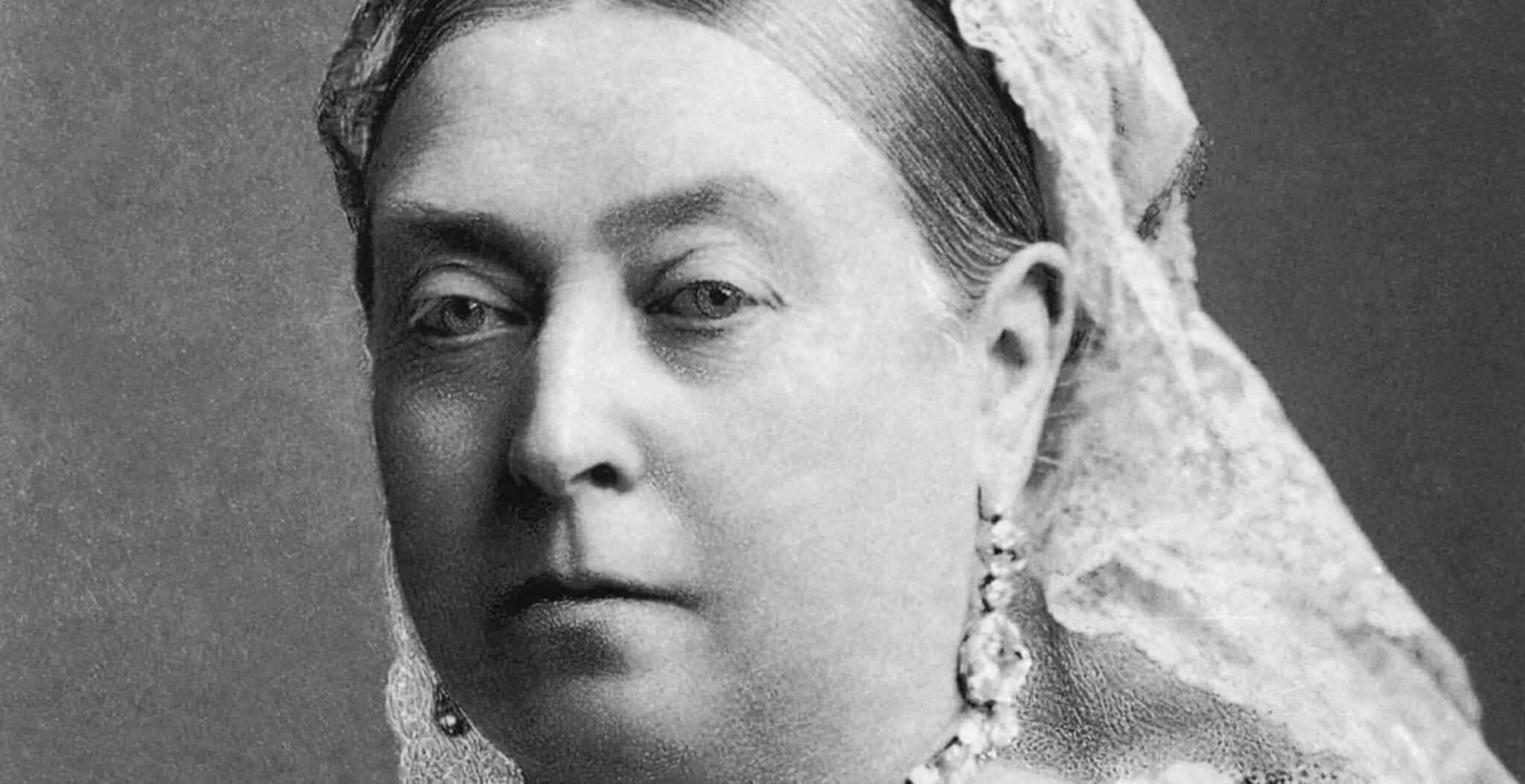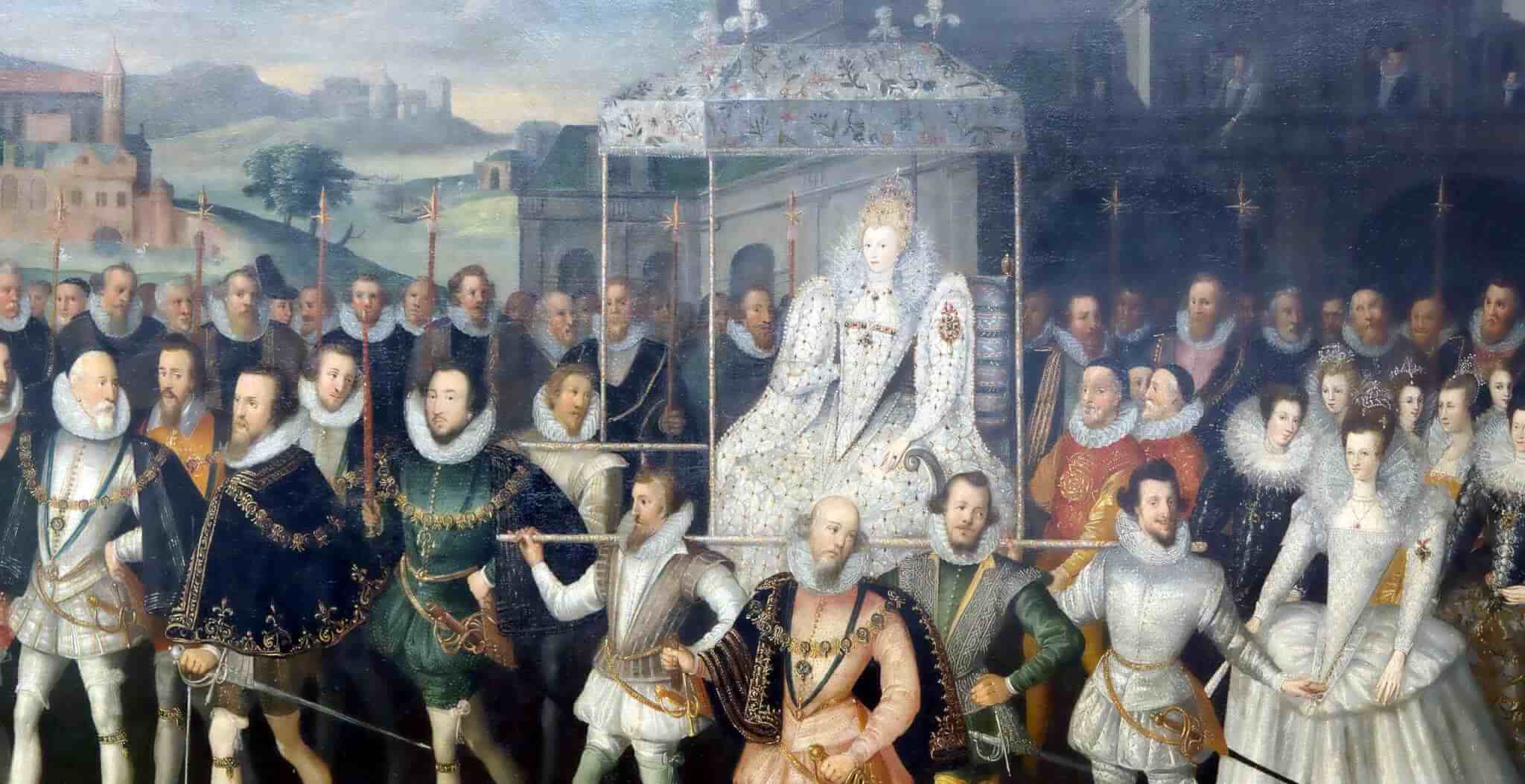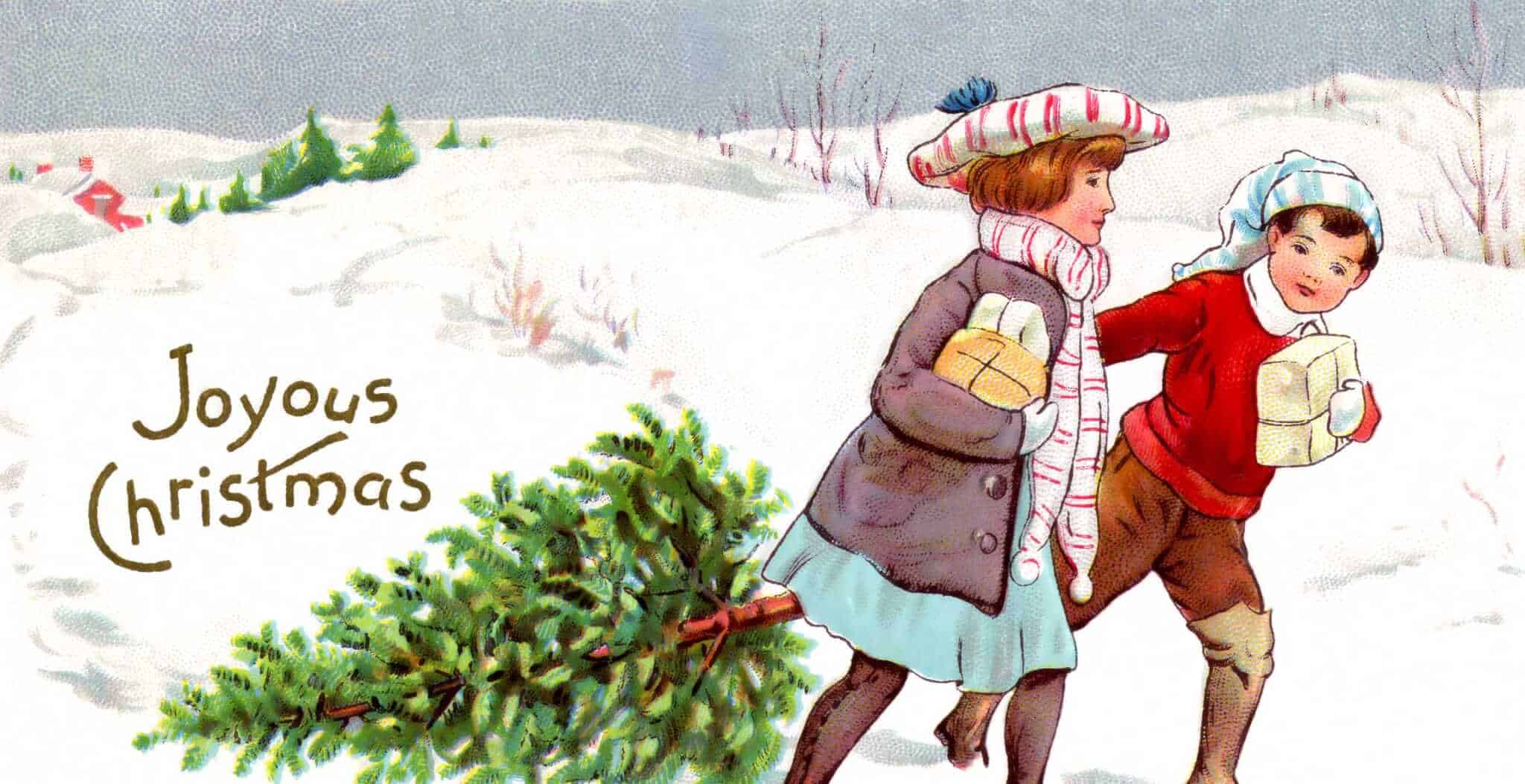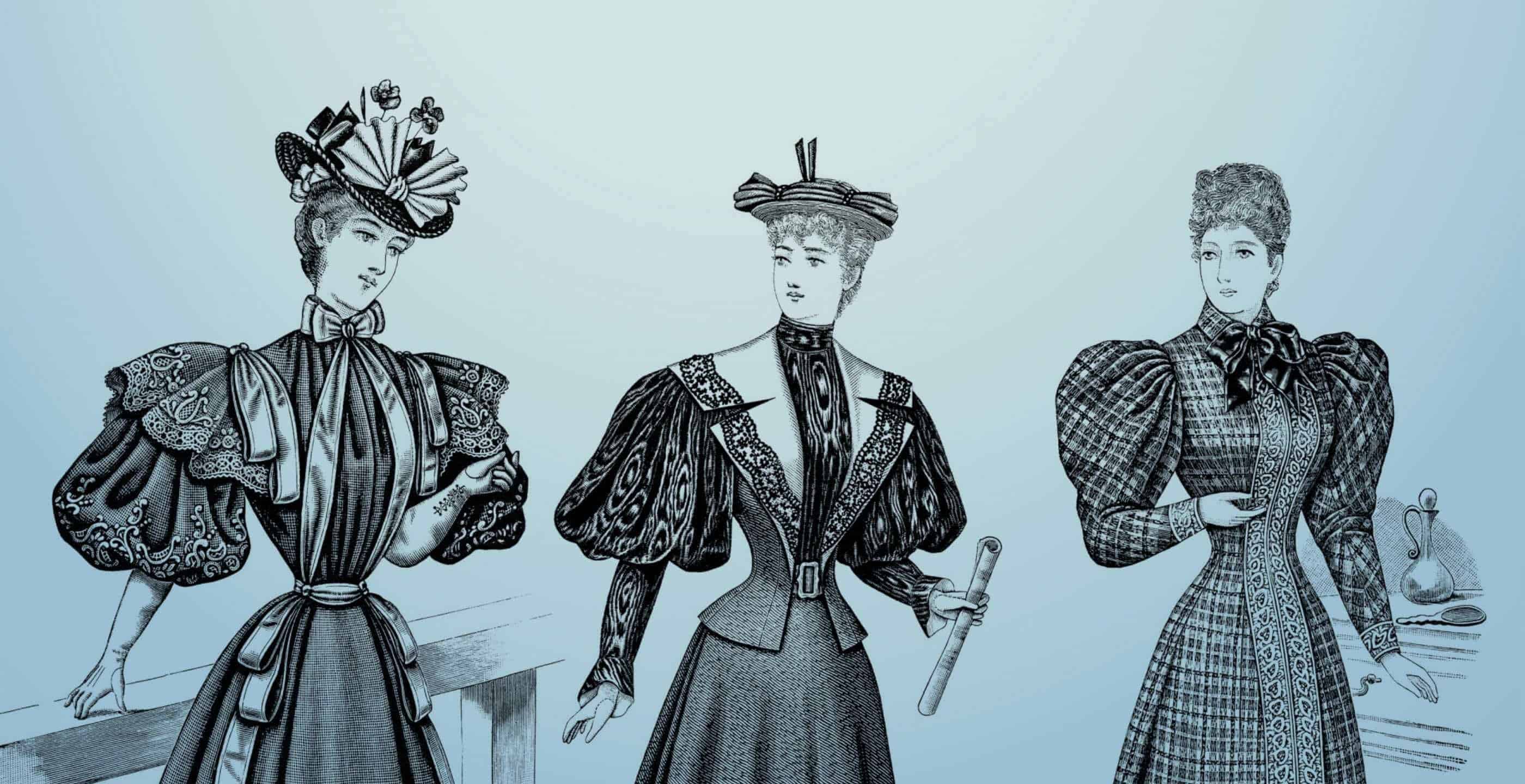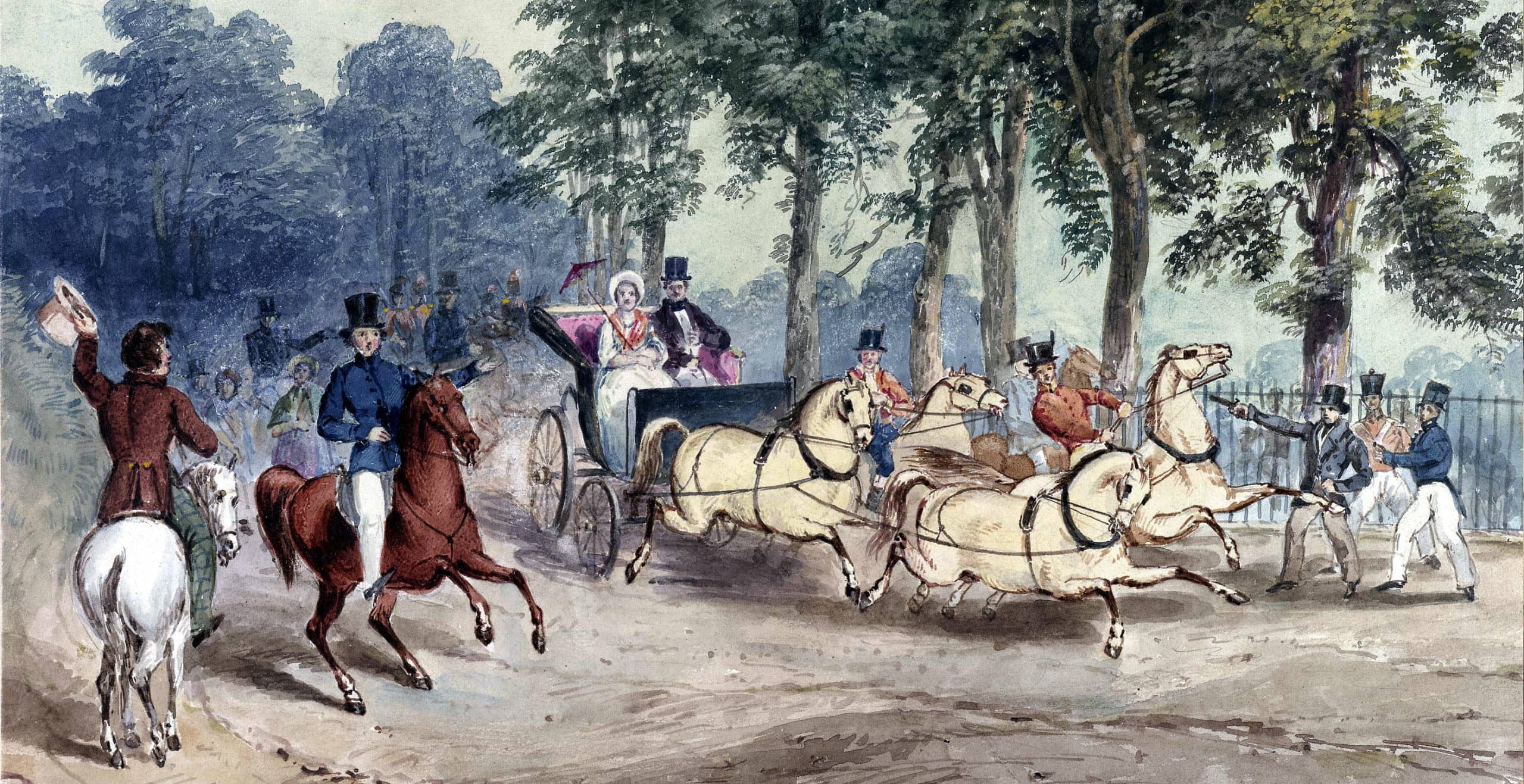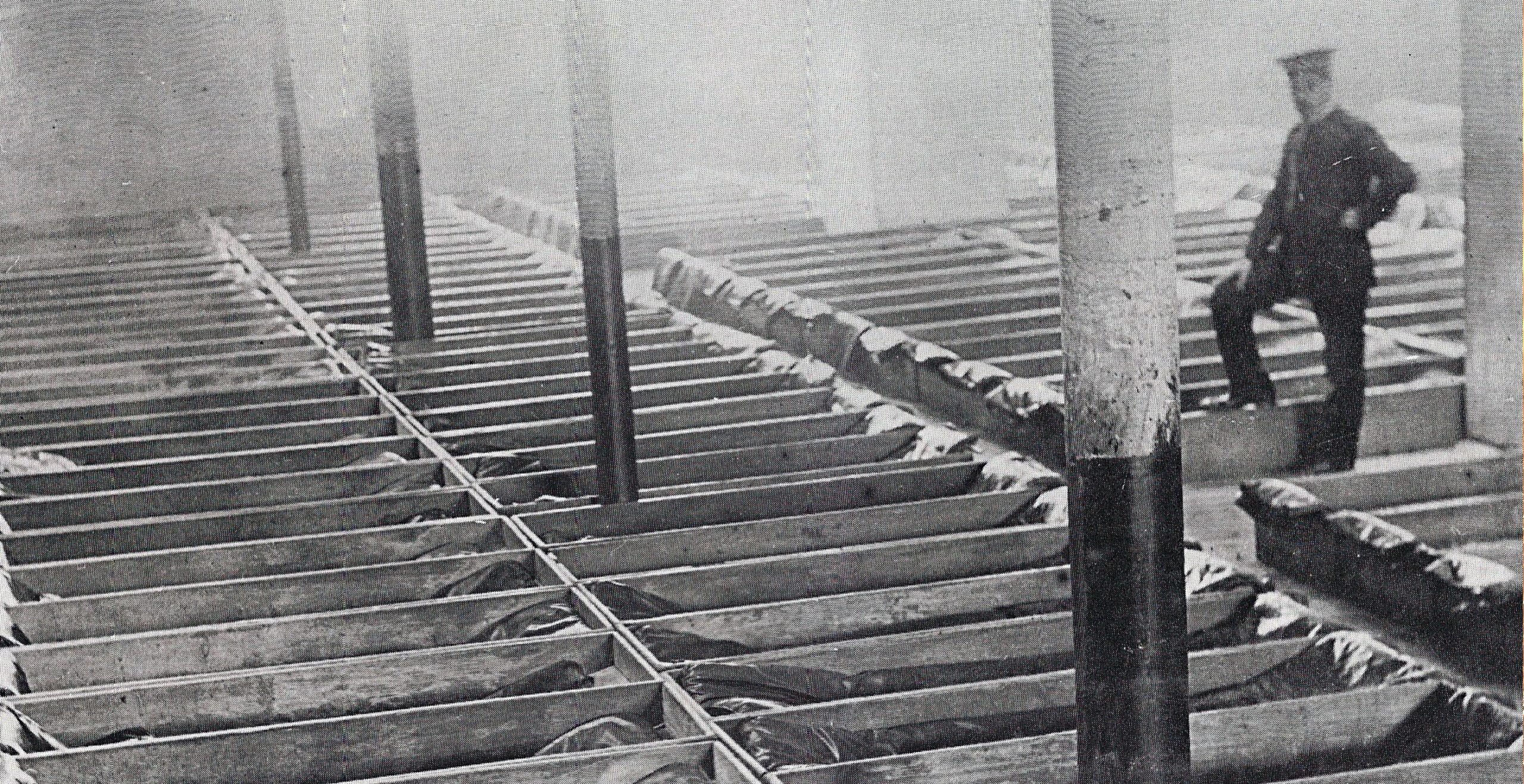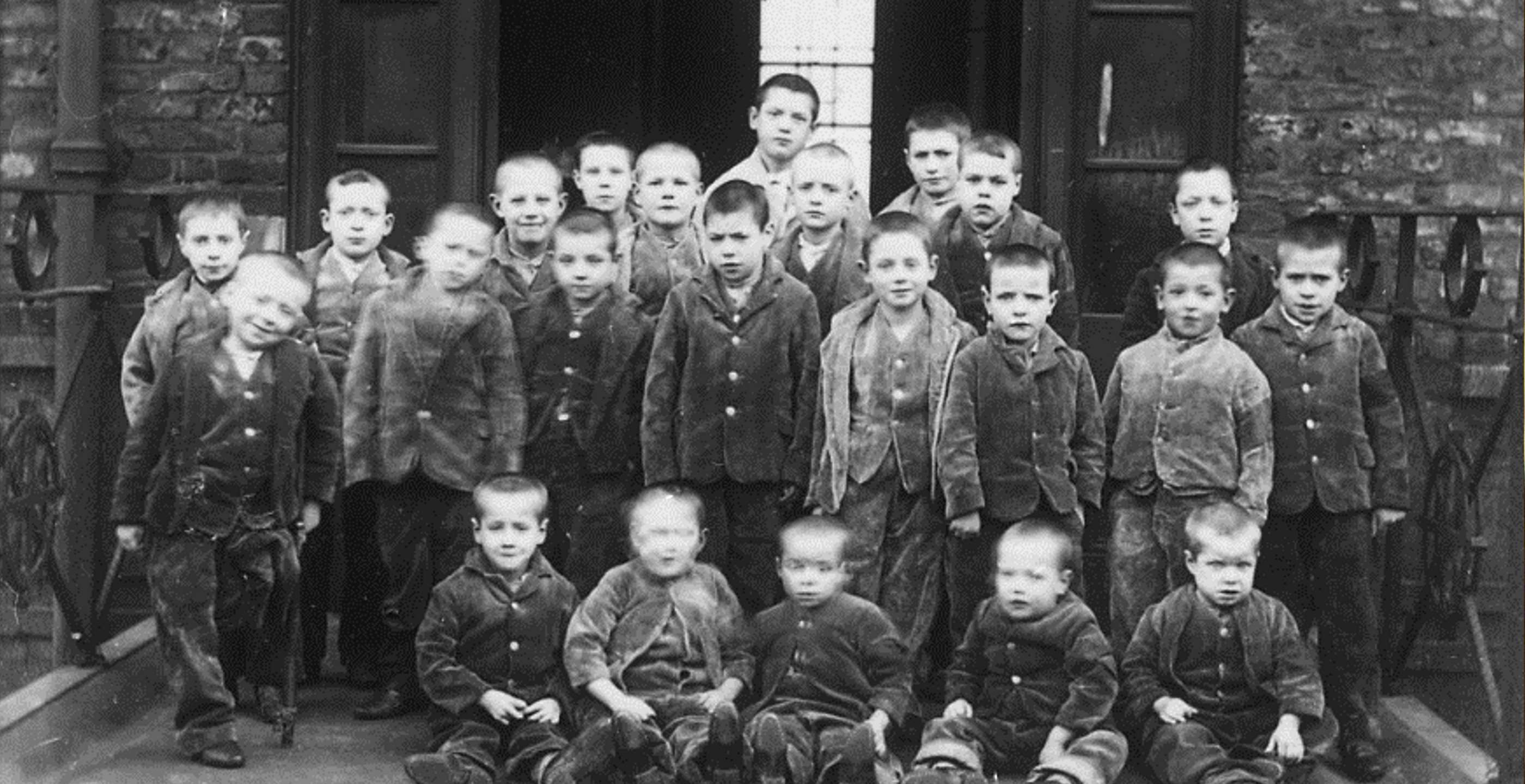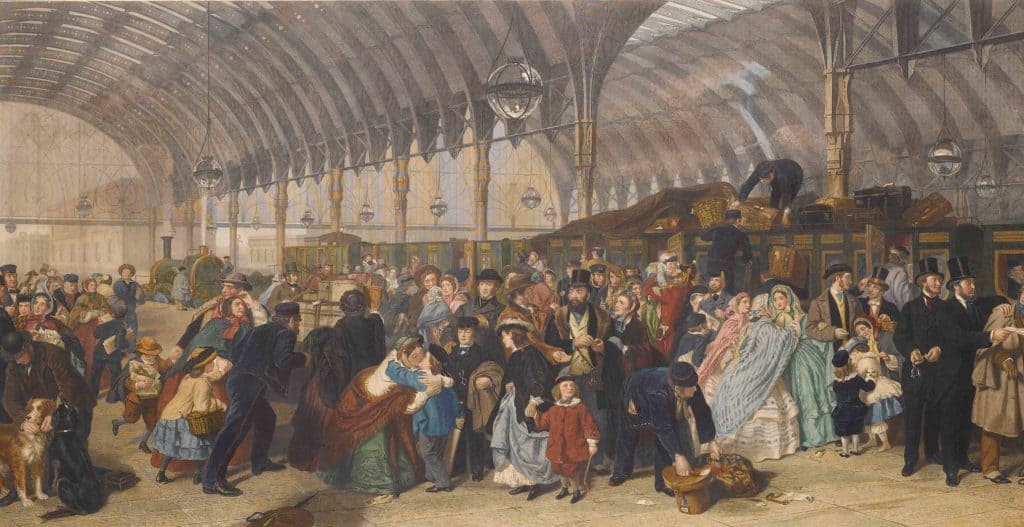On December 27th 2007 Queen Elizabeth II became the oldest British reigning monarch. Elizabeth, aged 81, passed the mark set by her great-great-grandmother, Queen Victoria. Victoria was born on May 24th, 1819, and lived for 81 years and 243 days. Buckingham Palace announced that Elizabeth had moved past Victoria at about 5 p.m. local time on December 27th 2007.
Prince Charles, the Prince of Wales also holds his own record – the longest wait by an heir to the throne.
Victoria was born at Kensington Palace on May 24th 1819, the only child of HRH Edward Duke of Kent, fourth son of George III. His wife the Duchess was a royal widow, Princess Victoria Maria Louisa of Saxe-Coburg-Saalfeld. At the time of her birth, Victoria was fifth in line for the British crown.
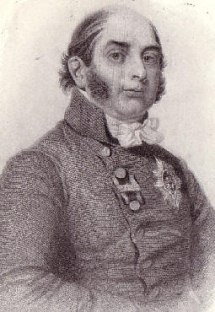
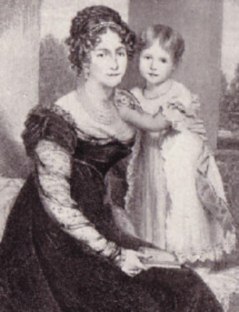
Above left: HRH Edward Duke of Kent Above right: HRH The Duchess of Kent with Victoria, aged 2 years
Christened Alexandrina Victoria, HRH Princess Victoria of Kent spent most of her childhood at Kensington Palace and Claremont. Victoria’s father died just eight months after she was born. Her grandfather, King George III, died six days later. Her uncle, the Prince of Wales, then inherited the Crown, becoming King George IV. He too died childless when Victoria was only 11. The crown then passed to his brother who became King William IV.
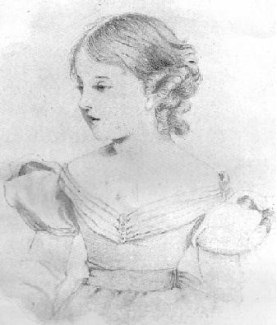
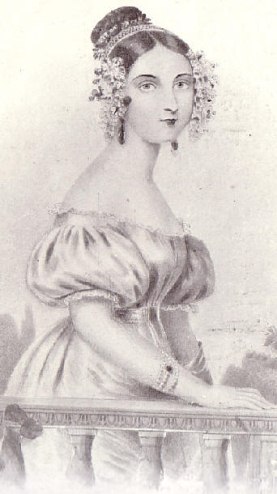
When King William IV died on June 20th 1837, Princess Victoria became queen at the age of 18. She was described as a “studious, thoughtful, accomplished, serious and quiet but cheerful girl”. Lord Melbourne was prime minister at this time.
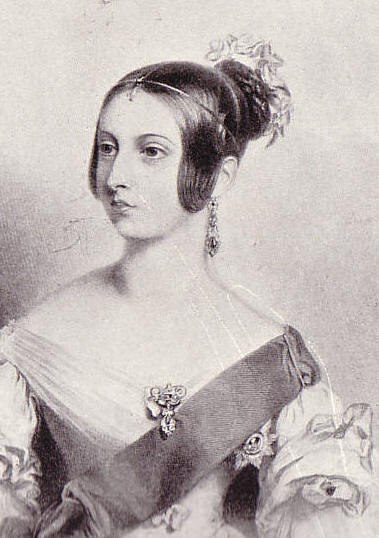
Victoria was crowned at Westminster Abbey on June the 28th, 1838. After the ceremony there were fire-works and a fair in Hyde Park, and that night most of the theatres in London were open free to the public.
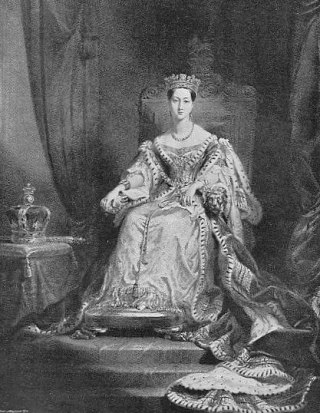
Prince Albert of Saxe-Coburg-Gotha arrived in London on October 10th 1839. Albert belonged to the family of the Duchess of Kent and was the Queens first cousin. He was born on August 26th 1819 and visited England as a guest of his aunt the Duchess. At Kensington Palace, Albert shared lessons with his cousin Princess Victoria and they became firm friends.
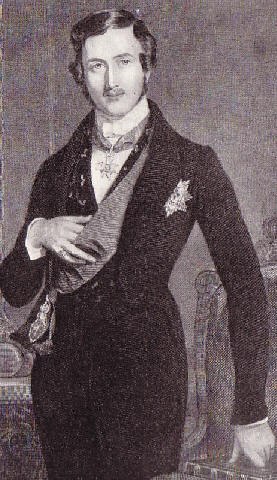
On 15th November 1839 he returned to Germany and on the 23rd November Victoria summoned the Privy Council to Buckingham Palace to declare her intention to marry Prince Albert.
On February 10th 1840 the marriage was celebrated in the Chapel Royal of St James Palace. The Prince wore the uniform of a British field-marshal. The Queen wore white satin trimmed with orange flower blossoms, a bridal wreath and veil of Honiton lace.
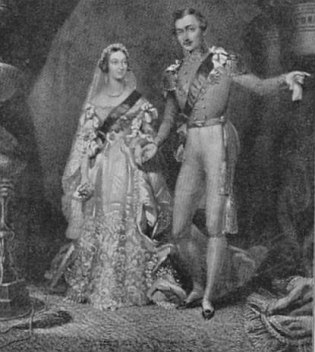
Although Albert was formally titled “HRH Prince Albert”, he was popularly known as “HRH the Prince Consort” for the next seventeen years. It wasn’t until 29 June 1857 that Queen Victoria formally granted him the title Prince Consort.
Queen Victoria and Prince Albert had nine children:
November 21st 1840: Princess Victoria, Princess Royal
November 9th 1841: Edward, Prince of Wales
April 25th 1843: Princess Alice Maud Mary
August 6th 1844: Prince Alfred
May 25th 1846: Princess Helena Augusta Victoria
18th March 1848: Princess Louise
1st May 1850: Prince Arthur William Patrick Albert
April 7th 1853: Prince Leopold
April 14th 1857: Princess Beatrice
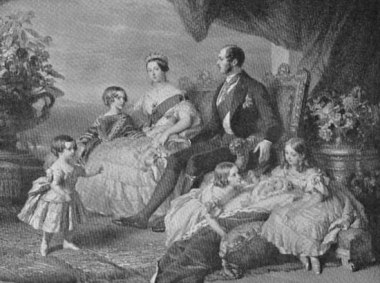
Queen Victoria, Prince Albert, The Princess Royal (Princess Victoria), Edward Prince of Wales, Prince Alfred, Princess Alice and Princess Helena
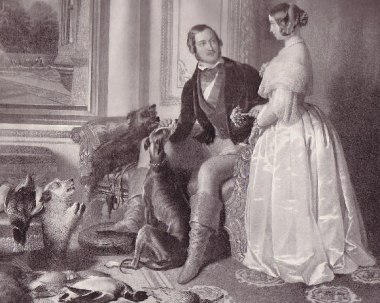
Albert, the Prince Consort, died of typhoid fever on 14 December 1861 at Windsor Castle. His death completely devastated Queen Victoria who entered a state of mourning and wore black for the rest of her life. She avoided public appearances and was rarely seen by her people: she was widely criticised and her seclusion earned her the name “Widow of Windsor”.
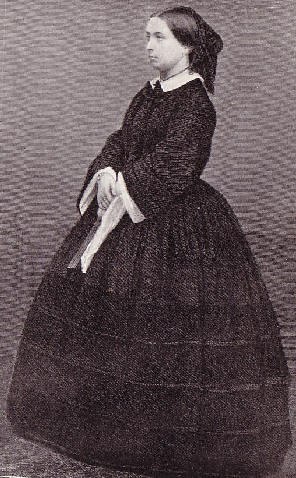
Victoria’s self-imposed seclusion from public life affected the popularity of the monarchy. Although she did undertake some official government duties, she chose to remain secluded in her royal residences, Balmoral in Scotland, Osborne House on the Isle of Wight and Windsor Castle. It wasn’t until the early 1880s, after much coaxing by her family and Prime Minister Disraeli, that she began to appear more often in public, even attending the theatre in 1881.
As the British Empire flourished so Victoria became more popular with the people, indeed in her later years she became almost synonymous with the Empire. In 1887 The Golden Jubilee was a grand national celebration of her 50th year as Queen, so too the Diamond Jubilee in 1897 (60th anniversary of her accession to the throne). Victoria’s long reign witnessed political and social reforms at home and the expansion of the British Empire abroad. The sense of national pride in both Queen and country led to the use of the term ‘Victorian England’.
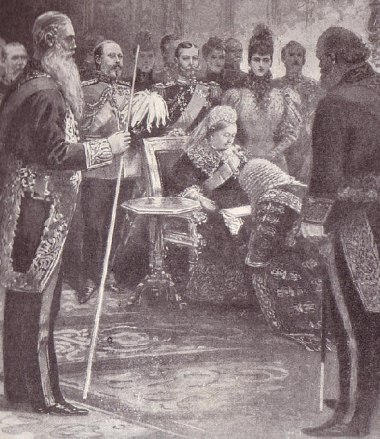
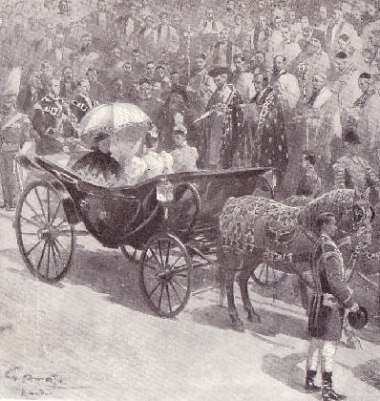
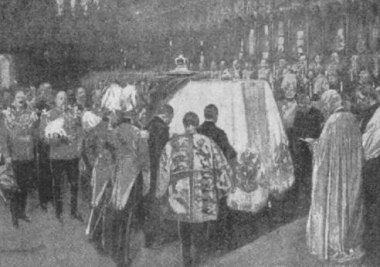
Victoria died at Osborne House on the Isle of Wight on 22 January 1901 after a reign which lasted almost 64 years. She was buried at Windsor beside Prince Albert, in the Frogmore Royal Mausoleum, which she had built for their final resting place. Above the Mausoleum door are inscribed Victoria’s words: ‘farewell best beloved, here at last I shall rest with thee, with thee in Christ I shall rise again’.
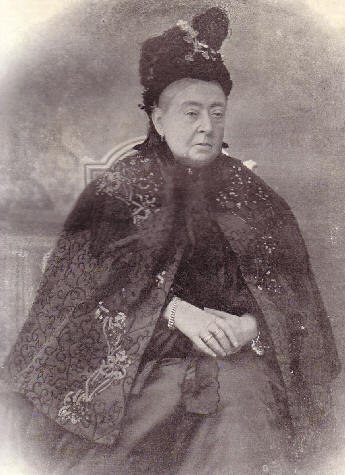
Her Imperial Majesty Queen Victoria, Queen of Great Britain and Ireland,
Empress of India
Born May 24th 1819; Died January 22nd 1901
